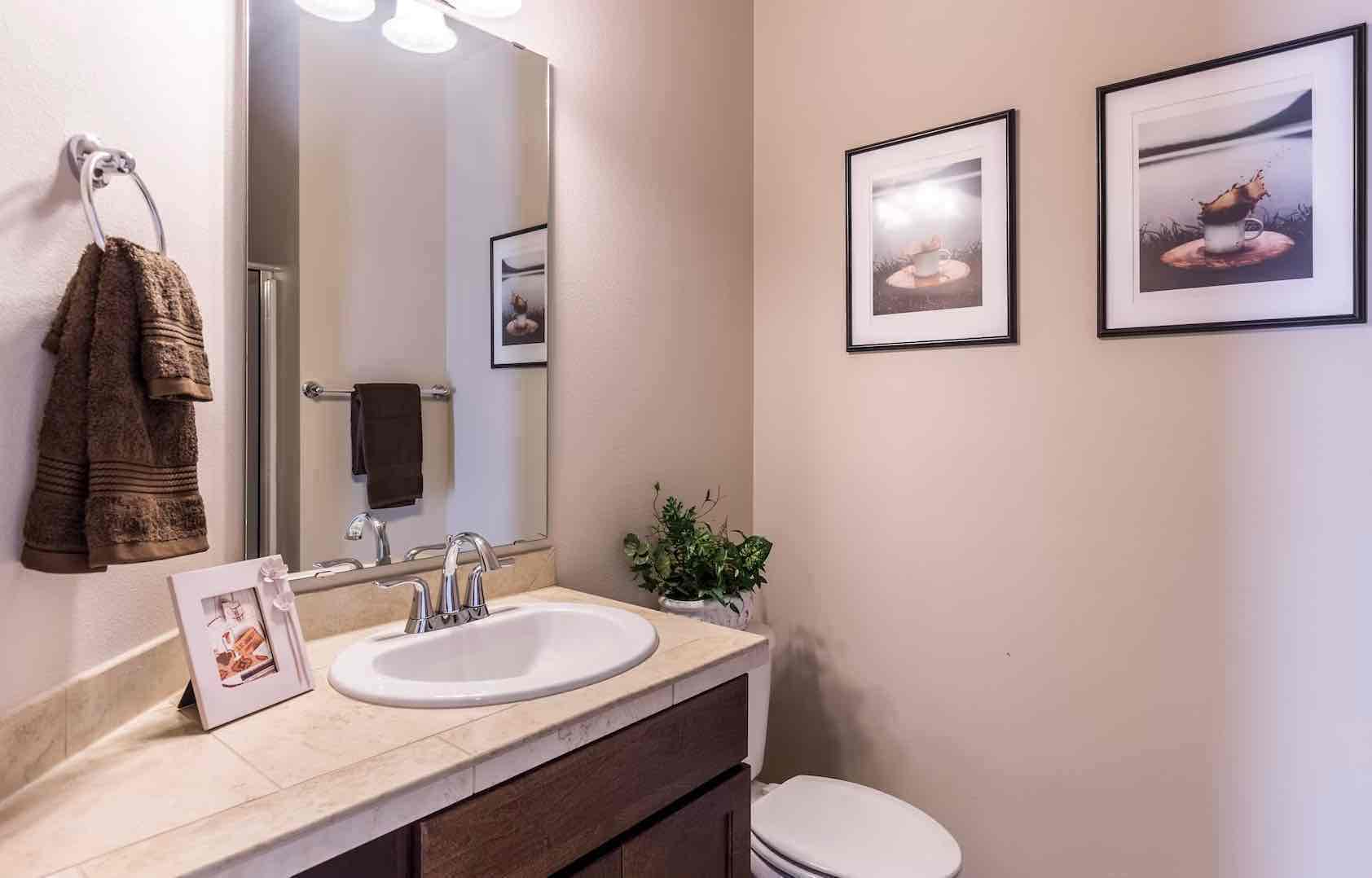
20 Jun Safely Removing Mold from Your Home: A Comprehensive Guide
Discovering mold in your home can be unsettling, but taking prompt action is crucial for the health and safety of your household. In this blog, we will provide you with a comprehensive guide on how to safely remove mold from your home. From identifying the type of mold to implementing effective removal techniques, we’ll cover everything you need to know. By following these steps, you can ensure a thorough and safe mold remediation process.
- Identify the Type and Extent of Mold: Before initiating the removal process, it’s important to identify the type of mold present in your home. While some molds can be addressed with DIY methods, others may require professional assistance. Additionally, assess the extent of the mold growth to determine if it is a surface-level issue or if it has penetrated deeper into materials.
- Gather the Necessary Equipment: To safely remove mold, gather the appropriate equipment. This may include protective gear such as gloves, goggles, and a respirator mask to shield yourself from mold spores. Additionally, have cleaning supplies such as a mold-specific cleaner, scrub brush, plastic sheets, and garbage bags on hand.
- Isolate the Affected Area: Contain the mold-infested area to prevent the spread of spores. Close off doors and windows, and cover vents and openings with plastic sheets. This containment will help protect the rest of your home during the removal process.
- Remove Mold-Infested Materials: If the mold has affected porous materials such as drywall or carpet, it’s often best to remove and discard them. These materials can be difficult to clean thoroughly, and mold growth may persist even after treatment. Ensure proper containment and disposal of the contaminated materials to prevent further contamination.
- Clean Non-porous Surfaces: For non-porous surfaces like tiles, glass, or metal, use a mold-specific cleaner to thoroughly clean and disinfect. Follow the instructions on the cleaner and scrub the surfaces to remove mold stains and spores. Pay close attention to hidden areas and hard-to-reach corners.
- Dry the Area: After cleaning, ensure the affected area is completely dry to discourage mold regrowth. Use fans and dehumidifiers to promote air circulation and reduce moisture levels. Monitor the humidity in the room and address any sources of excess moisture, such as leaks or condensation.
- Address the Underlying Cause: Mold growth is often a result of underlying moisture issues. Identify and address the source of moisture to prevent future mold problems. This may involve repairing leaks, improving ventilation, or controlling humidity levels in your home.
- Consider Professional Assistance: If the mold growth is extensive, toxic, or located in hard-to-reach areas, it’s advisable to seek professional assistance. Certified mold remediation specialists have the expertise, equipment, and knowledge to handle complex mold removal projects safely and effectively.
- Preventive Measures: To prevent future mold growth, implement preventive measures in your home. Maintain proper ventilation, monitor humidity levels, and promptly address any water leaks or moisture issues. Regularly inspect areas prone to mold, such as basements, bathrooms, and attics, and address any signs of mold growth immediately.
Conclusion
Safely removing mold from your home requires a systematic approach and proper precautions. By identifying the type and extent of mold, gathering the necessary equipment, and following the appropriate removal techniques, you can effectively address mold issues in your home. Remember to isolate the affected area, remove mold-infested materials, and thoroughly clean non-porous surfaces. Address underlying moisture problems and consider professional assistance for extensive or toxic mold growth. By taking these steps and implementing preventive measures, you can create a healthy and mold-free living environment for you and your family.
